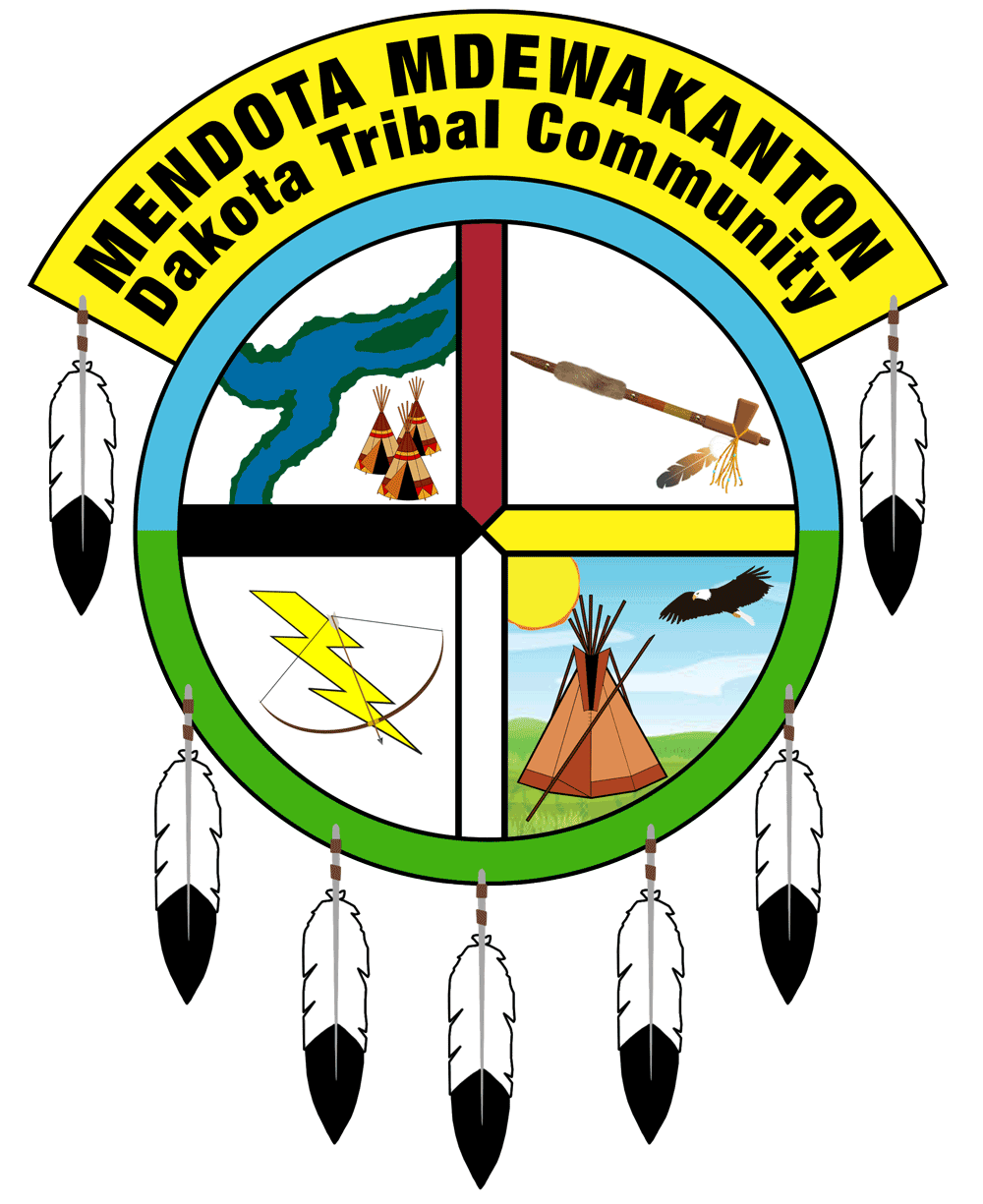This Article from StarTribune.com has been sent to you by sharonLennartson.
*Please note, the sender’s identity has not been verified.
The full Article, with any associated images and links can be viewed here.
Shakopee tribe’s need for land is growing
DAVID PETERSON, Star Tribune
The Shakopee tribe’s eagerness to expand its land holdings in Scott County may have a new explanation.
Newly public information stemming from the Shakopee Mdewakanton Sioux Community’s desire to be treated for the first time as a stand-alone entity by the Metropolitan Council suggests that the tribe’s need for residential land is increasing rapidly.
Tribal officials are intensely private about their own members, forbidding media photographs of private homes and declining to say how many members the tribe has.
But in honoring a request the tribe has made to be treated separately from Prior Lake and Shakopee — the two cities in which its land is located — the Met Council has opened a tiny keyhole into the tribe’s affairs.
The tribe has informed the council that by early 2006, its population had risen to 387, and its number of households to 217.
That was not a big jump in population from the 360 reported in the 2000 census. But it was a huge increase in the number of households: 100 more in just six years, or more than double the rate of new household formation in the 1990s, based on 1990 census figures.
New households can be created when young people become adults and wish to leave home, when people marry, or when couples divorce. The tribe’s rising wealth during that same period — the total annual income of all households combined shot from about $5 million to more than $30 million during the ’90s, according to the Census — would help make it more affordable for members to buy separate homes, as opposed to living in extended families.
During the same period, the tribe has greatly accelerated its rate of land purchases, acquiring thousands of acres — to the consternation of the city of Shakopee, which is seeing its stock of developable land decline. Prior Lake, in which the vast majority of tribal members live, has been more relaxed, saying it expects to annex rural land to its south to cover its expansion needs.
Tribal officials did not respond to a request for comment for this article. But in a lengthy interview last year about the growth in land holdings, Stan Ellison, who runs the tribe’s land department, said it is critical for the tribe to act now to nail down land it will need in the distant future for an expanding population and other needs.
“The tribe can’t move,” he said. “We have to acquire enough to ensure housing for the tribal population 50 or 60 years ahead of time. And we can’t wait 50 years to buy it. We have to hold it until we need it.”
Most of the northerly land in the tribe’s hands, he said, “will be housing at some point, and not that different from Shakopee, although with less density and more parks and open space.”
As a practical matter, Ellison added, “when the tribe does acquire land, it prefers large, undeveloped tracts. We can’t buy one house at a time. That would be prohibitive” in terms of cost.
The decision to split the tribe out for statistical purposes was discussed last week before a Met Council committee. Council spokeswoman Bonnie Kollodge played down the importance of that decision.
“It is simply a matter of … record-keeping,” she said, and “not intended to signal anything more.”
But tribal officials see it as more than that. In a letter to the council requesting the change, tribal staffer Victoria Ranua warned that population, household and employment numbers that are vital to determining the future need for expensive infrastructure such as roads and sewer were being “inflated” when an increasingly self-sufficient tribe’s numbers were assigned to its neighbor cities.
The cost of tribal growth, even that of water and waste treatment, will be covered whenever possible by “tribal resources, not those of the municipalities or Scott County,” she said.
David Peterson • 952-882-9023
